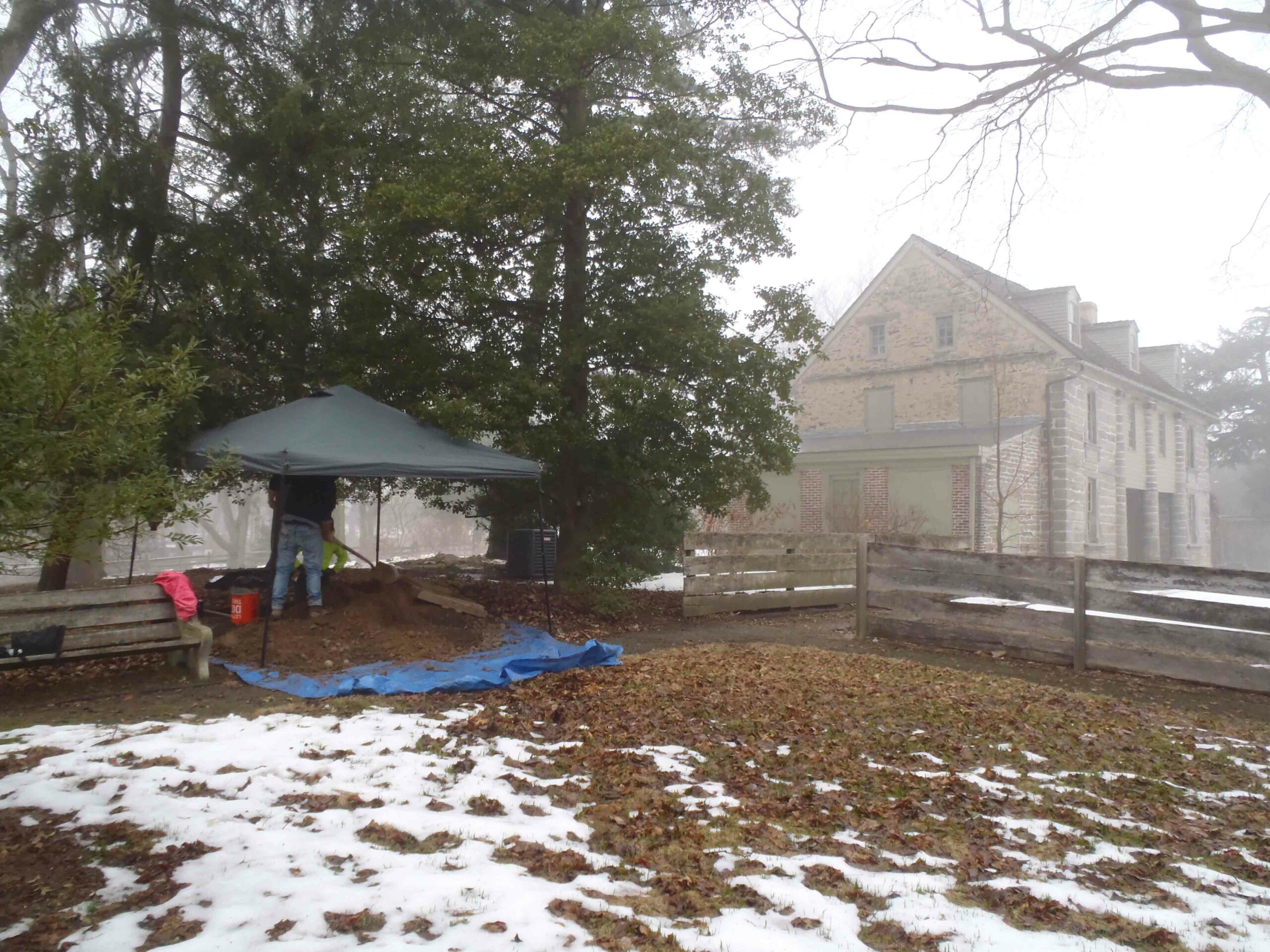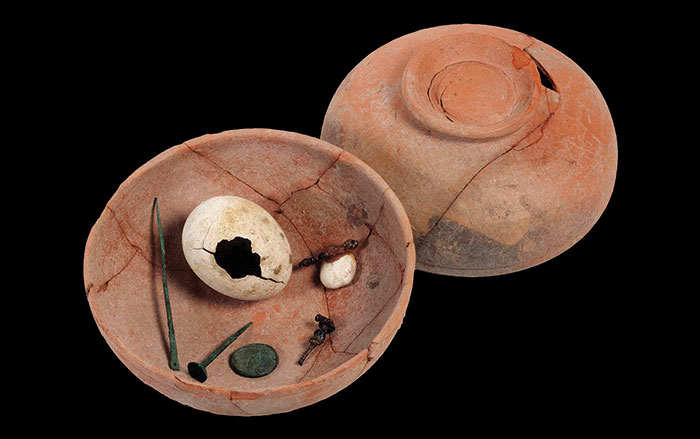
LEIDEN, NETHERLANDS—Egyptologist Olaf Kaper of Leiden University has deciphered the full list of the titles of Pharaoh Petubastis III carved on ancient temple blocks at Amheida in Egypt’s Dachla Oasis. He realized that they held the answer to the mysterious disappearance of King Cambyses and 50,000 Persian troops in the Egyptian desert ca. 534 B.C.—the Greek historian Herodotus suggested that the army had been swallowed by a sand storm. “Since the nineteenth century, people have been looking for this army: amateurs, but also professional archaeologists. Some expect to find somewhere under the ground an entire army, fully equipped,” he told Science Daily. Kaper thinks that the Persian army was defeated by the Egyptian rebel leader Petubastis III at the Dachla Oasis, and that the Persian King Darius I covered up the defeat when he ended the Egyptian revolt two years later. “The temple blocks indicate that this must have been a stronghold at the start of the Persian period. Once we combined this with the limited information we had about Petubastis III, the excavation site and the story of Herodotus, we were able to reconstruct what happened.”










